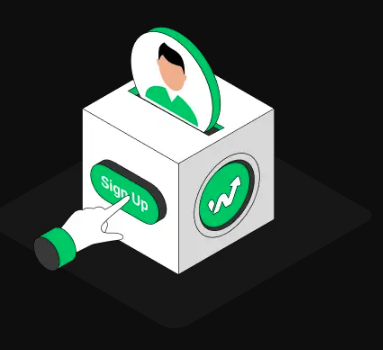CFD Trading 101: What Are Contracts for Difference?
In today’s fast-paced financial markets, more and more traders are turning to CFD trading as a flexible and accessible way to engage with global assets. But what is CFD trading, and why is it gaining popularity among modern investors?
CFD stands for Contract for Difference—a powerful financial instrument that allows you to speculate on the price movement of assets without actually owning them. Whether you're interested in stocks, cryptocurrencies, forex, or commodities, CFDs open the door to a wide range of opportunities with relatively low capital requirements.
This guide is designed especially for forex trading platforms who are new to CFD trading or are exploring alternatives to traditional investment options. If you’re looking for a versatile, high-potential way to profit from market movements—whether prices are rising or falling—you’re in the right place.
CFD trading—short for Contract for Difference trading—is a type of derivative trading where investors speculate on the price changes of financial instruments without actually buying or selling the underlying assets. Instead of owning the asset, you’re entering into an agreement to exchange the difference in value from the time the trade is opened to when it is closed.
Let’s break it down with a simple example. Imagine you believe the price of gold is going to rise. You open a CFD position on gold at $1,800. If the price increases to $1,850 and you close the trade, your profit is based on the $50 difference—multiplied by your trade size. Similarly, if the market moves against you, the loss is calculated the same way.
This flexibility means you can profit in both rising and falling markets, making CFD trading an attractive option for those seeking to capitalize on short-term market movements.
In CFD trading, position size refers to the amount of the asset or number of contracts you are trading. It determines how much you stand to gain or lose with every price movement.
For example, if you open a CFD trade for 5 contracts of gold when it's priced at $2,000 per ounce, your total position size is $10,000. A $10 change in gold's price would result in a $50 profit or loss.
Managing your position size is a key part of risk management. Larger positions offer greater profit potential—but also come with higher risk. Always align your position size with your account balance and risk tolerance.
Contract for Difference (CFD) trading offers a flexible and powerful way to access global markets without owning the underlying assets. From forex trading app to crypto CFDs, stock CFDs, and commodities, CFDs allow traders to speculate on price movements with the advantage of leverage, short-selling, and a wide range of instruments.
However, it's important to remember that CFD trading is not without risks. While the potential for higher returns exists, the use of leverage can also magnify losses. This is why risk management in CFD trading is absolutely essential—setting stop-loss and take-profit orders, maintaining proper position sizing, and consistently evaluating your strategy are all key to long-term success.
Whether you're a curious beginner or a seasoned trader, the best way to get started is by practicing with a CFD demo account, learning through educational resources, and gradually building confidence through real trades.

Comments
Post a Comment